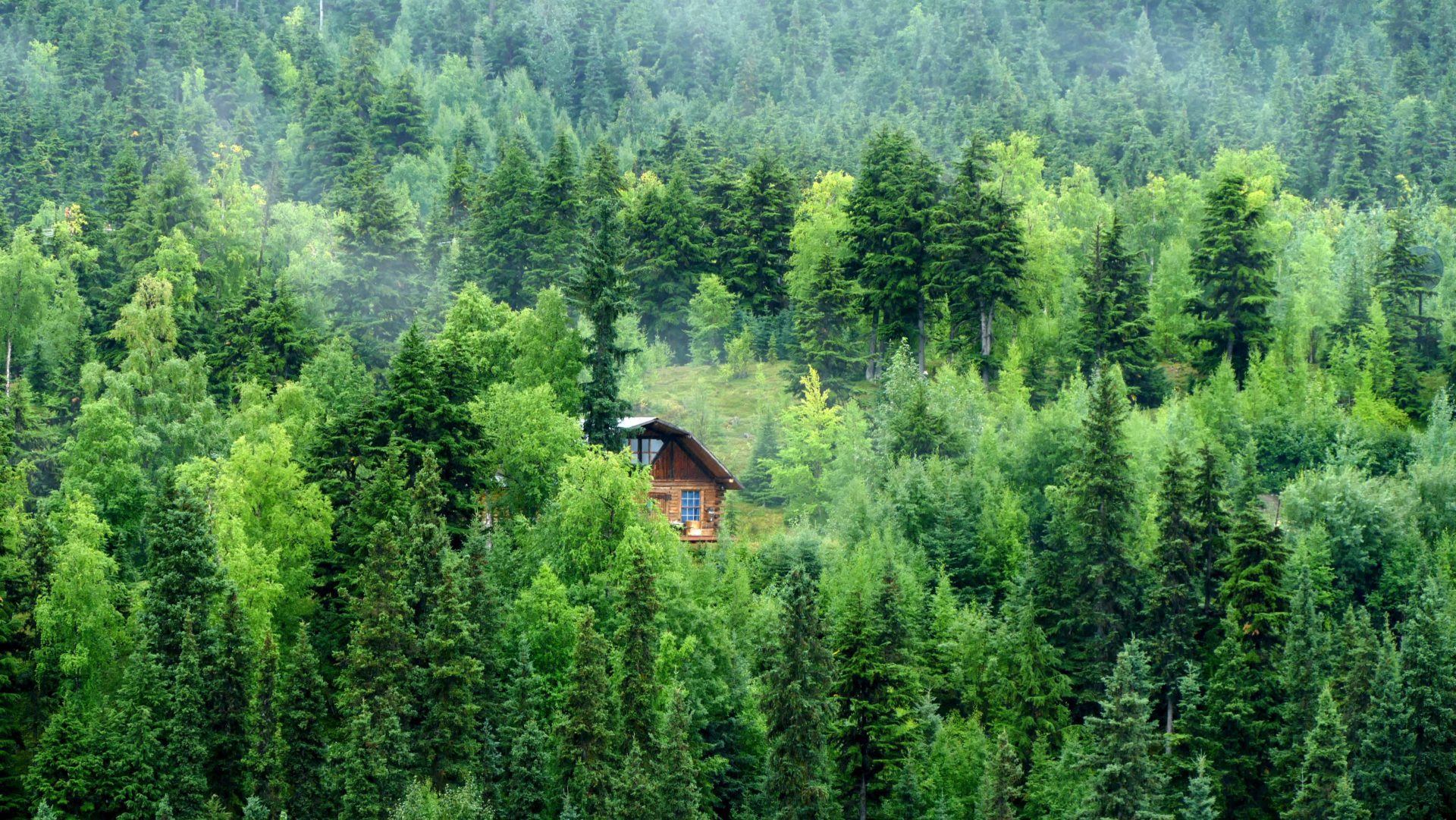The Resilient Popularity of Treehouses
Treehouses have traditionally been shrouded with an aura of magic and enchantment. Today, these elevated dwellings reflect a fascinating blend of innovative design and sustainable living. However, they are no longer the sole possession of youngsters brandishing secret clubhouses. Adults, too, are succumbing to the rustic allure that treehouses offer as unique workshops, tranquil retreats, or unconventional guest houses.
Evolution of Treehouse Designs
The current era of treehouses mirrors a fluid blend of adventure and innovation. From sustainable structures in city parks to sprawling playhouses with zip lines and climbing walls, the shift is palpably exciting. Particularly innovative example includes futuristic ‘tree orbs,’ suspended high above the ground with panoramic windows. The creative flexibility is only as limited as your mind’s horizon.
The Trees and Beyond
Although different species of robust trees such as Oak, Maple and Fir are suitable for supporting treehouses, it’s crucial not to overlook the health and longevity of these silent sentinels. The Treehouse Guys, experts in treehouse construction, recommend using TABs (Treehouse Attachment Bolts) for minimal environmental impact.
Treehouse Regulations
Building regulations for treehouses vary based on factors like height, distance from boundary, and design. Certain states have strict regulations, while others are more lenient. It’s always a good practice to check local building codes to stay out of ‘barking’ up the wrong tree.
The Enchantment of Treehouses in Child Development
Treehouses offer an immersive nature-based play boosting creativity, imagination, and resilience in a child. They provide a unique source of adventure, while promoting physical activity outside the confines of the digital world.
Challenges to Treehouse Popularity
Even with their timeless appeal, rising urbanization, limited outdoor space, and safety concerns pose challenges to treehouse popularity. Digital distractions also vie for a major chunk of children’s attention, often overshadowing the simple allure of open-air, unstructured play.
What Loss could a declining Treehouse Culture signify?
Diminished treehouse culture can potentially rob future generations of the sheer joy and life lessons these structures inherently bring. Besides encouraging ecological familiarity and creative problem-solving, treehouses foster a sense of independence and adventure that’s rare to find.
Treehouse Tales
Building your first treehouse always leaves an indelible imprint. I still remember mine vividly, a quaint little abode nestled among the leaves. Hours spent hammering boards and the jubilant sense of accomplishment when it was finished – those memories stand the test of time.
FAQs
Is it safe for the tree to build a treehouse?
Yes, if executed responsibly with expert guidance and use of tree-friendly hardware, treehouses pose no harm.
What tree species are best suited for treehouses?
Oak, maple, and fir trees, known for their sturdiness and longevity, typically make apt choices.
Have Treehouses Lost their Roots?
In conclusion, treehouses are not just mere structures; they represent a cherished piece of our cultural imagination and nostalgia. As they adapt to the changing world, they continue to bewitch us, reminding us of a time when life was simpler, and happiness was just a tree climb away.


